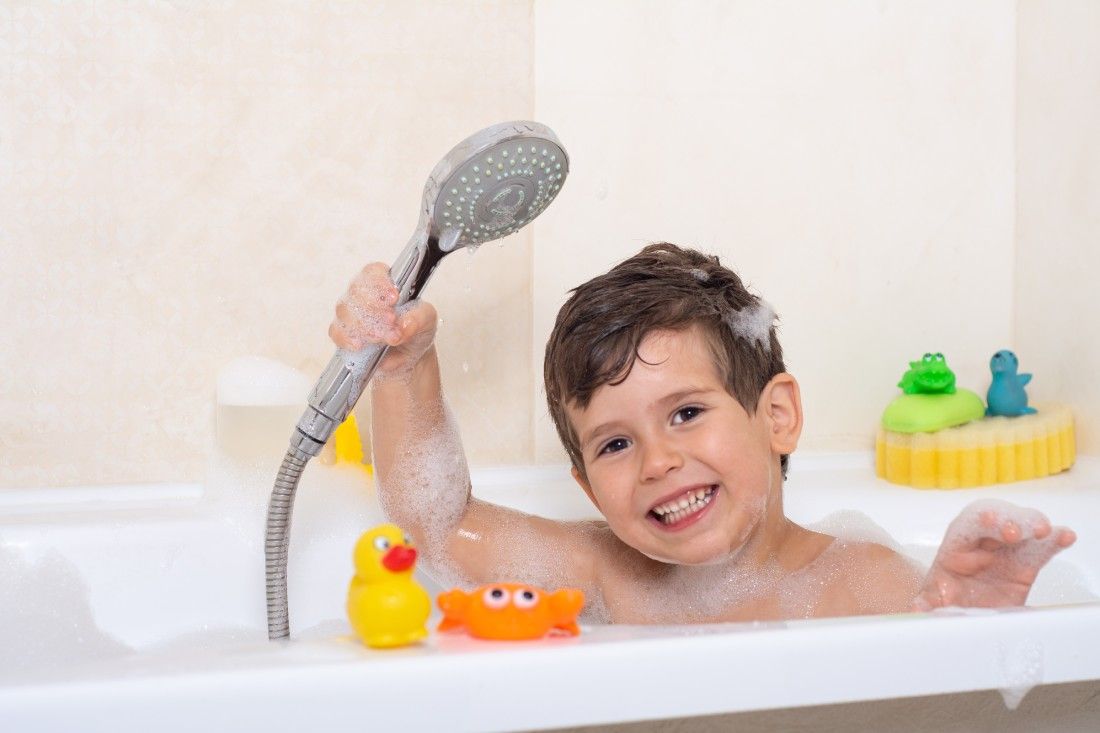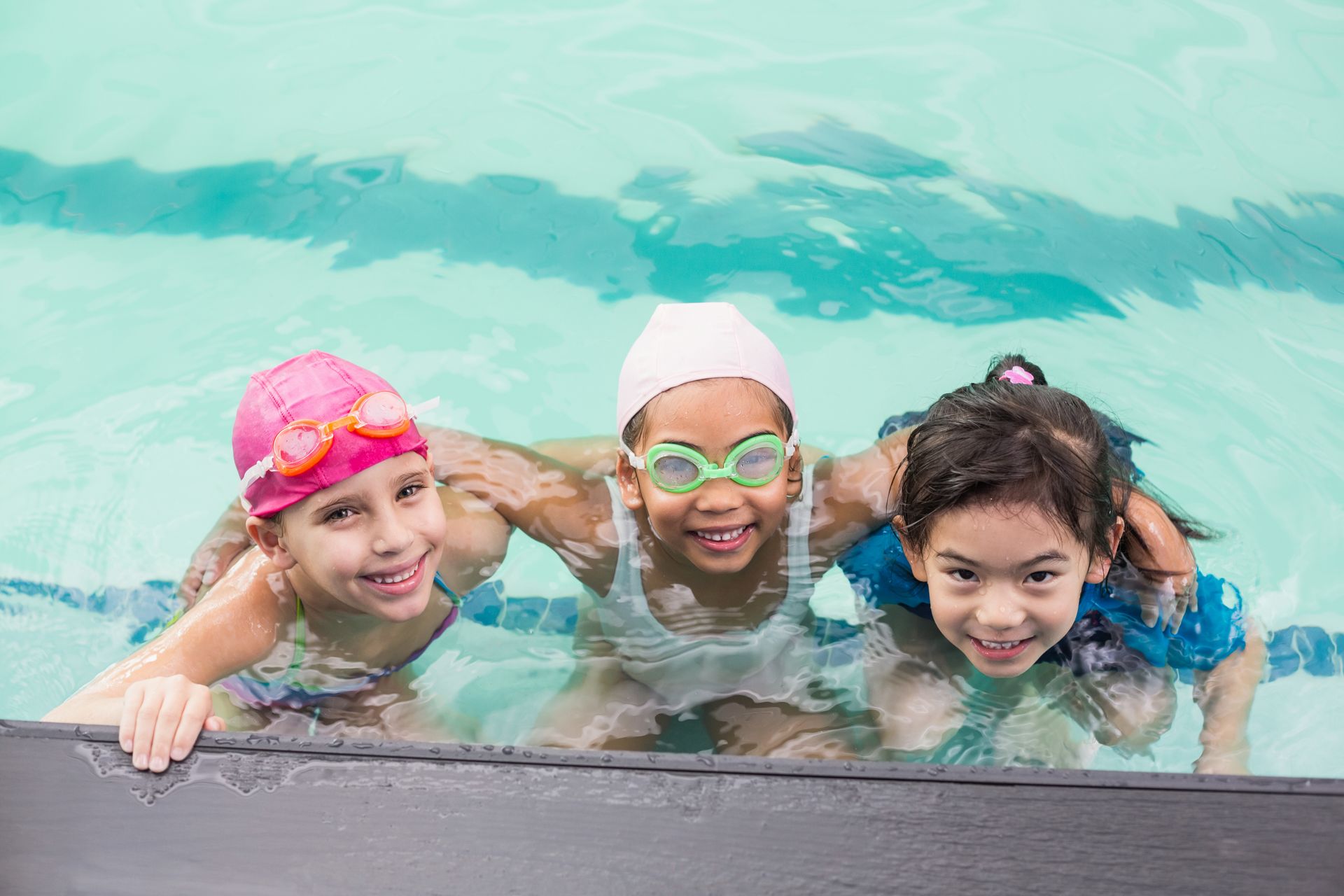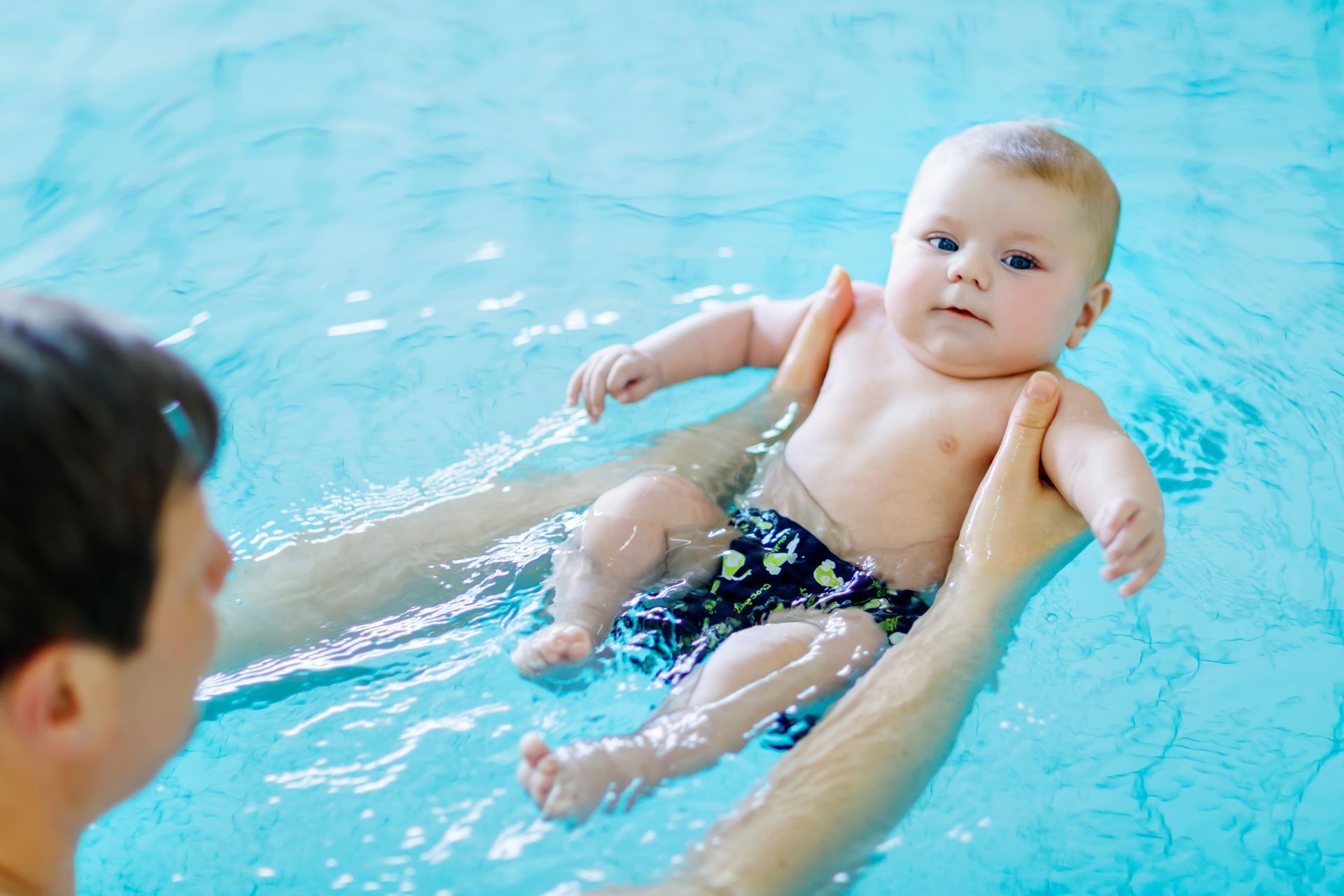With National Bubble Bath Day being this month, we wanted to give you a few helpful tips on how to make bath a fun and safe you and your little fish. Bath time is a great opportunity to have quality bonding time with your child. You have the chance to play, and enjoy a little break from the rest of the world. Here are some tips to ensure that bath time is an enjoyable and safe experience.
Before Bath Time Starts:
Make sure any sharp, or dangerous objects are removed from the bathroom. Razors, hair dryers, medications, full bottles of shampoo and conditioner are all potentially dangerous object if your curious little fish gets a hold of them.
Invest in a spout cover for your tub, so there is no chance of your little one hitting and bruising their head on it.
Take a class on infant CPR, you never know when a scary moment can happen and it is always best to be well prepared.
Ensure you have everything you need for bath time in arm’s reach so you never have to turn your back on your little one while they’re in the tub.
During Bath Time:
Fill the bath tub to no higher than your little one’s belly button. This helps reduce the risk of drowning; the less water they are sitting in the better.
Keep the water temperature warm, but not too hot. If the water is too hot you can risk burning their skin.
Do not take your eyes off your little fish, even for a second! All it takes is one second for something dangerous to happen.
If you have toys in the tub, make sure they are age appropriate.
Teach your little one to not stand-up while in the tub. The bottom of the tub is extremely slippery, and they can easily slip and fall while standing.
After Bath Time:
Empty your bath tub as soon as you are done giving your little one a bath, you don’t want a tub of water sitting around that they could potentially fall into.
Make sure you buddle them up! Children get cold much faster than adults and being wet makes them even more prone to getting chilly.
Dry your little fish very thoroughly, you want to ensure they are completely dry before you put their diaper and clothing on.
Close the bathroom door and toilet seat when you leave, the bathroom is not a place you want your child exploring alone.
Keeping all of these tips in mind during bath time will help you feel stress-free, and able to focus all your love and attention on your little fish!
Swimmingly,
Melissa







